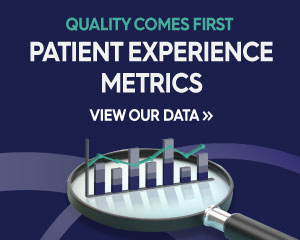Cholesterol and blood fat balancing clinic for adults and children
Senior doctor: Dr. Hofit Cohen
Nurse: Tamar Lubish (BSN)
Dietitian: Dr. Eilat Harari (PhD)
Receptionist: Sarit Shatshvili
Contact:
Phone: 03-5304582
Fax: 03-5304431
Clinic hours:
Sunday-Thursday, 9:00-13:30
Location:
The Baruch Strassburger Lipid Center Building, Entrance Floor (adjacent to the Hematology Institute. Search for "Lipid Laboratory, Sheba Medical Center” in Waze).
What do you need to bring?
For your doctor's examination at the Lipid Center, please bring a referral from your doctor and a commitment letter (Form 17) from your health fund. If you don't have Form 17, don't worry! You can also choose to pay for the test.
In the clinic, a collaborative team of doctors, nurses, and dietitians work together to address risk factors associated with arteriosclerosis and prevent morbidity and mortality from cardiovascular diseases.
The center's staff performs a comprehensive assessment of the risk of cardiovascular diseases, and provides each patient with a personalized treatment plan adapted to their medical data and personal background.
The clinic's doctors also provide advice to specific populations, including:
- Pregnant women with extreme dyslipidemias in the clinic for high-risk pregnancies.
- AIDS patients suffering from severe dyslipidemia due to their disease and drug treatment.
- CTX patients, a rare congenital disease caused by a disturbance in the production of bile acids which results in the formation of a reservoir of a substance similar to cholesterol called cholestanol.
The consultation is conducted in collaboration with the Institute of Movement Disorders.
How is diagnosis performed?
Meet with a senior doctor, a lipid expert, and adjust an investigation plan, which includes, as needed:
IMT Examination (Intima Media Thickness) of the carotid arteries to assess the presence of early atherosclerosis.
Biochemical and genetic profile to assess the risk level for cardiovascular disease RISK
What is the ideal cholesterol level in the bloodstream?
Epidemiological and genetic studies have shown that the risk of morbidity and mortality from cardiovascular diseases starts increasing when LDL-cholesterol values reach 100 mg per dL. That's why various professional associations have determined that the ideal LDL-cholesterol value should be less than 100 mg per dL.
Considering that the majority of people have LDL-cholesterol levels above 100 mg per dL, should everyone receive treatment?
In low-risk patients, the benefits of treatment are minimal. The decision to treat depends on the risk of developing coronary heart disease - the higher the risk, the greater the benefit of treatment.









